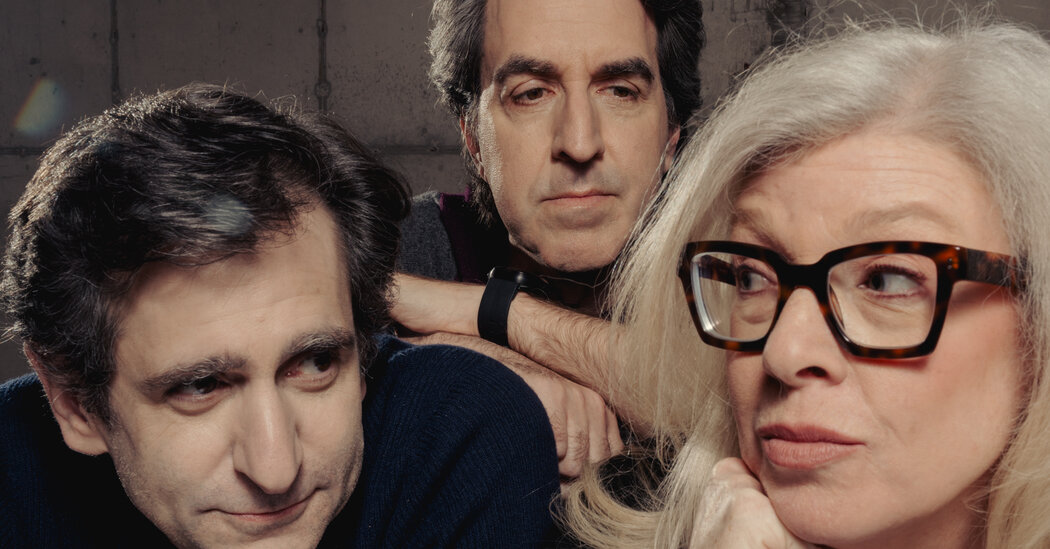During a dinner break from rehearsals in mid-January, Prince, Brown and Sherman discussed how working on the musical had changed their perceptions about journalism, how the show had developed over the past decade and what they wanted the audience to leave the theater talking about. These are edited excerpts from the conversation.
Daisy, how has the show evolved in the decades since your initial idea?
DAISY PRINCE I was naïve in thinking that, somehow, the explosion of social media and the easier access to information would set up a checks-and-balances system. But what I hadn’t accounted for was the fact that we’ve become much more of a culture of belief, instead of one that accepts the fact that there’s objective truth.
JASON ROBERT BROWN The biggest thing that happened was the Trump presidency. The day before we did our first reading, Kellyanne Conway had used the term “alternative facts.” So, suddenly, our show was in the context of this presidency that was built on a foundation of bullshit, and we were like, “Oh, that’s actually the show we’ve been writing is the story of how you get to a culture of bullshit.” How do you get to a place where nobody has any reason to believe anything that they don’t want to believe?
But the show is set in the late 1990s. Why did you decide on that era?
PRINCE If you’re going to try to find a moment when the scales are about to tip, that was the moment. It wasn’t just the explosion of the internet, but because more young people were adept at using the internet, older people found themselves in a very peculiar and precarious position when it came to employment. And the people in this show are struggling with that.
You began collaborating on this show in 2011. Why has it remained a priority for you?
BROWN The idea that an audience comes into this and walks out of it thinking deeply, and perhaps differently, about the way they look at the news, the way they look at the media, the way they look at the internet, the way they look at even their relationships is really important to me.
